World Bank is now added to Google Maps Gallery, enable the world to see their data
The World Bank goals are so enormous challenges people. They will cooperate with the countries to end extreme poverty by 2030 and to increase the wealth of the poorest 40% of the population in developing countries.
Nearly half the world’s population live every day the equivalent of a few dollars. In 2010 and treated 1.2 million people to feed and clothe their families and a roof over their head and pay for health care and other vital services on less than $ 1.25 per day. About 3 million people live on less than $ 4 per day.
Therefore, the World Bank, our goals are so enormous challenges people. We will cooperate with the countries to end extreme poverty by 2030 and to increase the wealth of the poorest 40% of the population in developing countries.
These goals are actually purposeful. But it can also be achieved if we start from the data that are open and accessible to all who need it: to make the decision-makers, researchers and civil society, journalists and citizens, the changes in their own production. At the World Bank we take seriously open data because it helps the poorest countries, where the understanding of their countries in relation to the resources they need most, such as food and medical care.
We have sponsored for years estimates of indicators such as infant mortality and maternal mortality, life expectancy, malnutrition and access to water and sanitation. These indicators provide estimates at the national level, which will help shape the agenda of the country, but we must have the national totals and averages, in order to better understand what happens at the local level, look, there’s where a number of challenges with a unique set of solutions of both.
Recently I have worked with the World Health Organization to save data to establish indicators of malnutrition. Well, this is the data set malnutrition in Google Maps Gallery and is just one of the records that map their people in terms of services, systems and resources to help the countries. Using picture cards, and we examine data at national and sub-national and understandable granular level and we are also creating a rich maps, multilayer a vivid picture of the challenges facing the country and paint the possibilities that await you.
For example, by picture cards, if decision-makers overlap statistics about hygiene, health and poverty at the top of the card diet, they can better understand the specific causes of malnutrition in an area and planning guide on how to deal with them given. This knowledge encourages discussion and improvement of the country to help the decisions, their investments and, most importantly, to save lives.
These groups are part of the open data initiative that we have. We also have World Bank projects geocoded local country in which they operate, which makes these data available to the public. And we have our own “mash-ups” created with this information and other databases by mapping the results. We hope to see more innovative ways to see all the records use.
For years, the World Bank has collected and organization of the information that we had available through the open data initiative that we have, in machine-readable form. Therefore, the numbers in a table in life, through cards and other media exposure, and helps to reveal the hidden history of the data. This story and helps governments to improve, make informed decisions and developing innovative solutions to the toughest problems.




